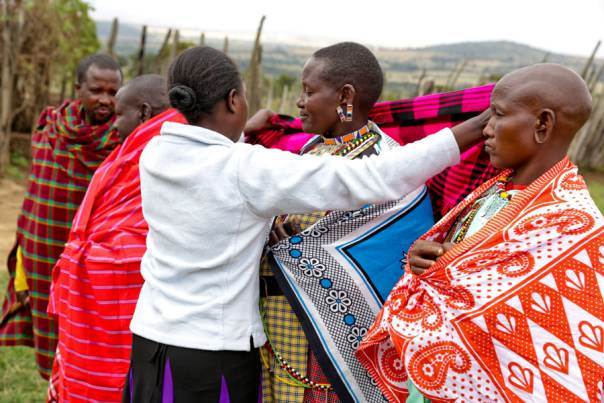Kenya is about to mark the international day of zero tolerance for female genital mutilation (FGM), at a time when the country has taken many steps forward. However, while overall rates of FGM in Kenya are declining, the prevalence of medicalization of FGM is increasing.
According to the Kenyan Demographic and Health Survey (KDHS) 2014, there is a notable decline in the FGM prevalence rate from 38% in 2008 to 21% in 2014. The 2013 UNICEF global report also paints a picture of hope. The prevalence of FGM among young girls under the age of 14 years has gone down to 11%.
At policy level, great advances have been made, including the FGM ban in 2011, the establishment of the Anti-FGM Board in 2013 and the Anti-FGM and Child Marriage Prosecution Unit within the Directorate of Public Prosecution in 2014.
However, reports of a primary school girl who died after she underwent FGM in Elgeiyo-Marakwet county – where it is reported that over 1,000 girls were cut in December 2015 – reiterates the need for Kenya’s 2011 FGM Act to be enforced with even more strength.
Equality Now and partners are working hard to ensure that Kenya continues to lead the way on ending FGM. In Narok, the Tasaru Ntomonok Initiative (TNI), with support from Comic Relief, rescues girls who are then reconciled with their parents, after they pledge never to subject their daughters to this abuse. 2015 saw TNI carry out alternative rites of passage ceremonies for over 200 girls. This type of urgent action continues to be a vital part of tackling this issue at local level.
We have noted with concern too how the face of FGM has changed in Kenya. The performance of FGM by health-care providers contributes to upholding the practice and risks ‘normalizing’ it. The same complications can result in long-term health and psychological consequences and sexual dysfunction, regardless of who performs it.
New ‘tactics’ must be used to tackle this threat to girls and women in the 29 practising communities in Kenya. Medical schools should provide training and information about FGM – including on law, how medical personnel should respond to requests for FGM to be performed and how to treat FGM victims.
Medicalized FGM has shot up to 41% according to the latest data. Medical professionals are increasingly performing the harmful procedure in public or private hospitals, at home or elsewhere.
Some doctors set up temporary FGM “clinics” during school holidays. Girls might be taken to medical facilities under the pretext of another ailment, while medical providers are sometimes invited to the girl’s home to carry out the practice.
Codes of ethics require medical personnel to care for, to protect and to “do no harm”. Health professionals who perform FGM are violating this very code. Therefore, medical personnel in Kenya who continue to perform FGM must be held responsible for violating medical ethical standards and the law.
Last year, the Africa Coordinating Centre for the Abandonment of FGM (ACCAF), mobilized medical practitioners to adopt a policy statement on medicalization of FGM and training towards its abandonment. The Inter-Africa Committee (IAC) and Equality Now also joined health bodies and others to demand zero tolerance on FGM by all health personnel and pledged to be at the forefront of the generation where FGM ends. Health personnel who perform FGM anywhere in the world should have their medical license and other privileges revoked immediately.
Down to 11% for girls under 14 years may look like a big stride towards achieving an FGM-free Kenya, but one girl subjected to the cut is one too many. We cannot afford to lose momentum until all Kenyans can enjoy a future free from FGM.
Take action to end FGM in Kenya and around the world – and to ensure that the new Global Goals include a global “indicator” for FGM at www.equalitynow.org

